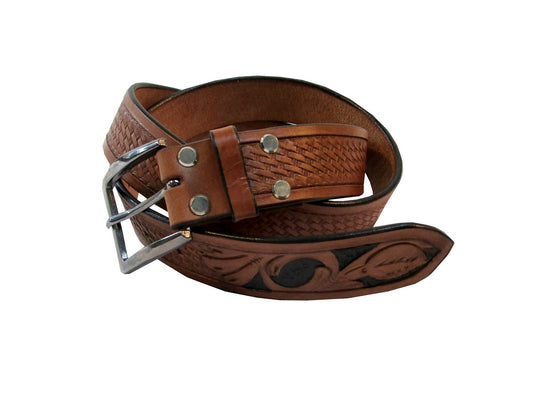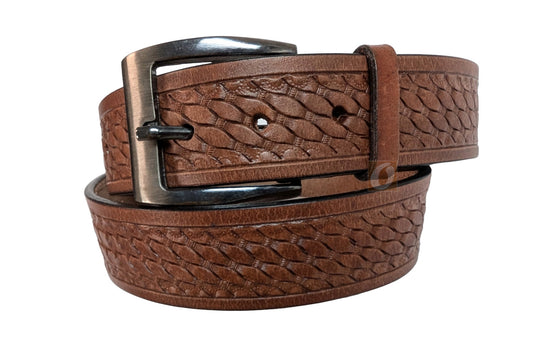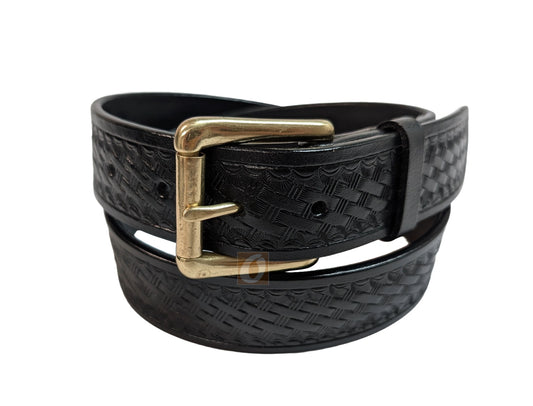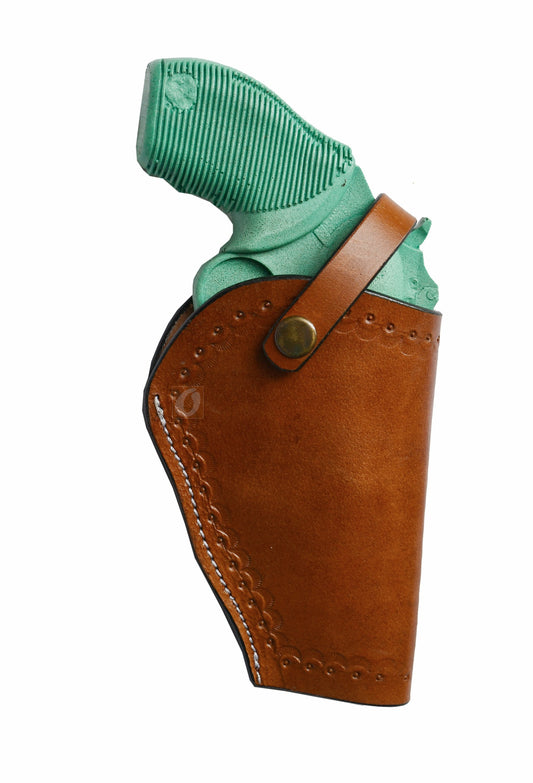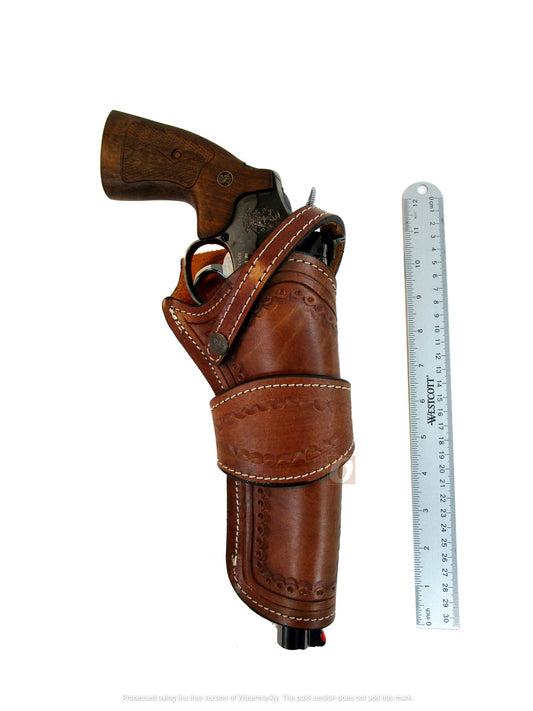Why Holster Adjustability Is a Game-Changer for Comfort and Accessibility?
Holster Adjustability: The Fastest Win for Comfort and a Cleaner Draw
If your carry rig feels pokey, slow, or inconsistent, dial in three settings—cant, ride height, and retention. Tuning these transforms comfort and access without switching guns or holster styles.
Why adjustability matters
No holster fits everyone straight out of the box. Bodies, belts, and daily movements differ. Small tweaks to angle, position, and grip tension can eliminate hot spots, speed up presentation, and keep concealment tight.
The big three to tune (and how)
Adjustable cant: set the angle for your draw
Cant is the holster’s tilt. A slight forward cant often helps for IWB/OWB at 3–4 o’clock. Reverse cant can work for crossdraw setups. Your goal: a natural wrist line and a straight, snag-free path to the grip.
Ride height: balance concealment and access
Lower ride hides more but can slow the grip. Higher ride speeds the draw but may print or poke when seated. Nudge up or down a notch, then sit, bend, and walk—adjust until you can establish a full firing grip instantly.
Retention: lock in security without fighting the draw
Too loose and the gun shifts; too tight and you’ll rip your belt before the pistol clears. Use retention screws or a molded leather fit to reach a clean click-in / smooth-out feel. Re-check after a week of wear.
Make the setup work all day
Match the holster to the belt
A stiff, properly sized belt keeps angle and height consistent. Flimsy belts cause sag, hotspots, and slow draws.
Index the grip the same way every time
Set your cant and ride so you can establish a full grip before the gun moves. If you have to readjust mid-draw, tweak again.
Train the exact path you’ll use
Dry practice from concealment with safe conditions. Ten clean reps a day beats one long session. Micro-adjust after each session until the motion is effortless.
Recommended starting points
For most belt carry, start with a slight forward cant and mid ride. Fine-tune one variable at a time. If you prefer classic comfort and structure, a molded leather holster holds shape and spreads pressure well—see our Leather Holsters. Cross-body draw fans can explore Crossdraw options.
Related picks and guides
Explore more: Leather Holsters | Crossdraw | How to Choose the Right Holster | OWB vs IWB Types | Leather vs Kydex FAQs | Break-In Guide
What to do next
Set cant for a natural wrist, pick a ride height that keeps a full grip, and tune retention until it clicks in and draws clean. When you’re ready to upgrade, browse our Leather Holsters or try a Crossdraw build.
FAQ
How tight should retention be?
Just tight enough to prevent movement during daily activity, yet loose enough to clear the holster without hunting for leverage. If the muzzle lifts your belt, back it off a quarter turn.
Where should I set ride height?
If you can’t achieve a full firing grip before the draw, raise it. If printing gets obvious or the holster pokes when seated, lower it one notch.
Does leather stay adjustable?
Yes. Molded leather provides natural retention and comfort. It will break in slightly—re-check fit after the first week and seasonally as belts and wardrobe change.


